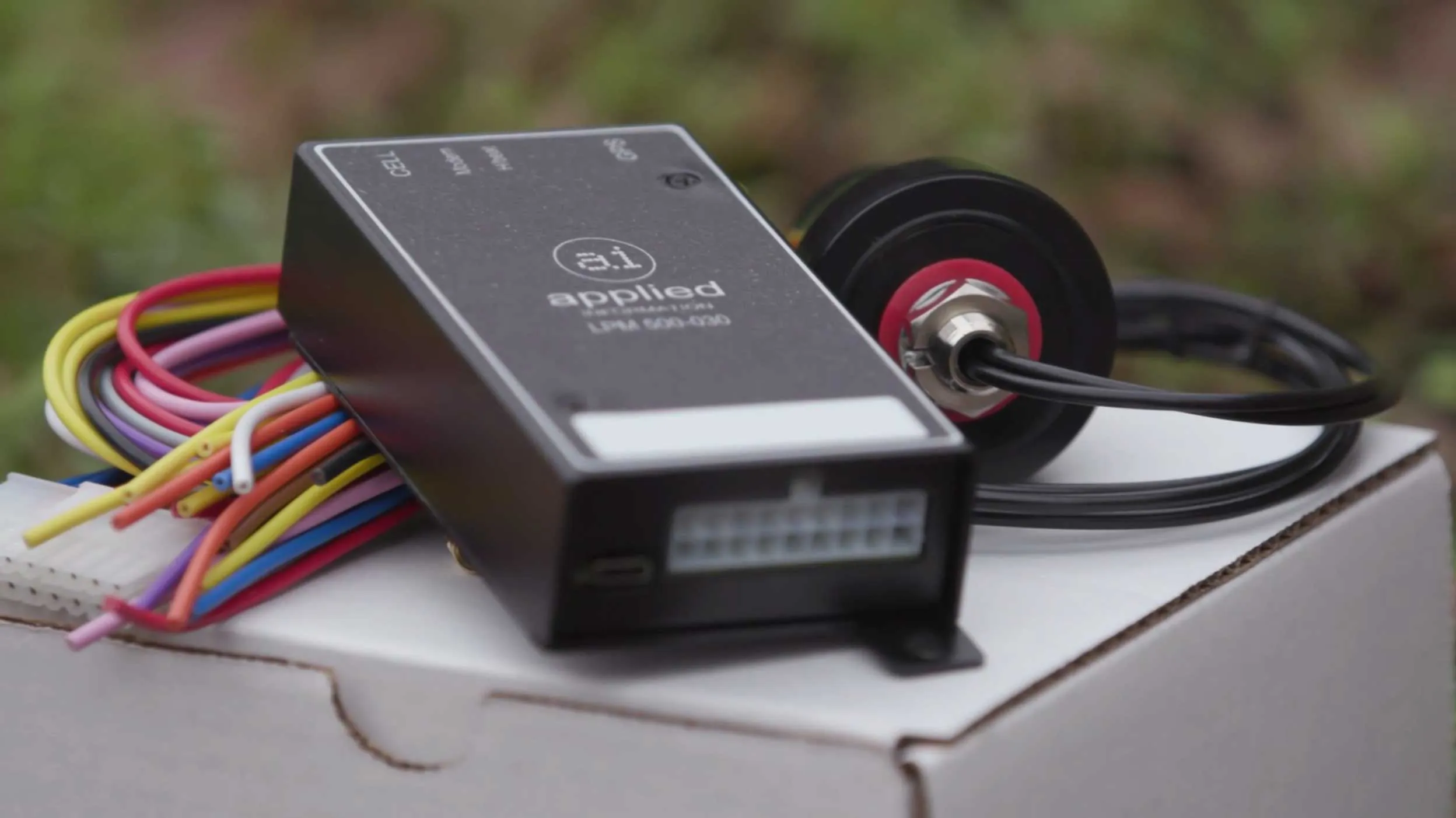
Applied Information has launched a palm-sized Internet of Things monitoring device which offers remote access to traffic control devices.
The US firm says the AI 500-030 LPM will be useful when it comes to devices which lack sufficient electrical power or are in hard-to-reach locations.
The AI 500-030 LPM uses less than 6 milliamps, which means it can monitor and report "with virtually no impact on device battery life or performance".
Applications could include pedestrian crossings, warning beacons and regulatory signposts, looking out for knockdown detection, battery and solar panel health, LED status, button pushes and temperature.
Applied says it "fits into the smallest control cabinets and is GPS and cellular plug and play for fast installation and automatic set-up".
Once installed, the product offers cellular connectivity, data collection and access to Applied’s cloud-based platform Glance, which enables 24/7 remote monitoring of solar panel, beacon and battery health - with fault warnings sent immediately by text or email.
“By taking advantage of advances in electronic and cellular technology, the AI 500-030 LPM provides system managers with real-time access to all their field equipment regardless of location or size of the solar panel,” said Peter Ashley, Applied's vice president of business development and marketing.
“The ultra-low power requirements greatly expand the number and types of devices that can be monitored.”










